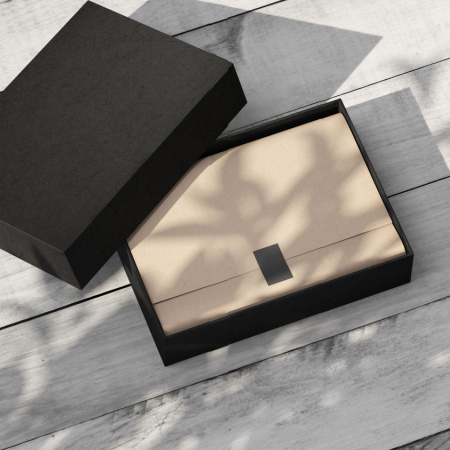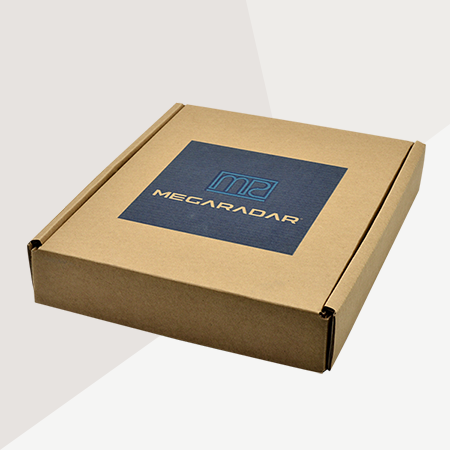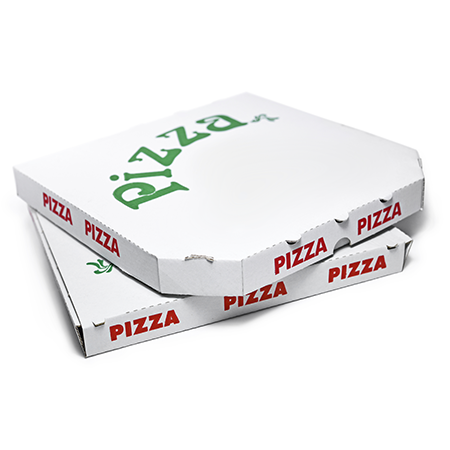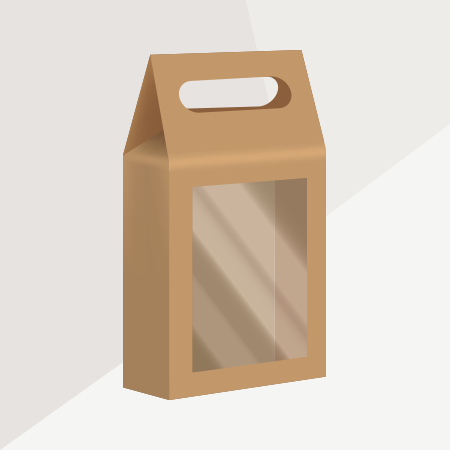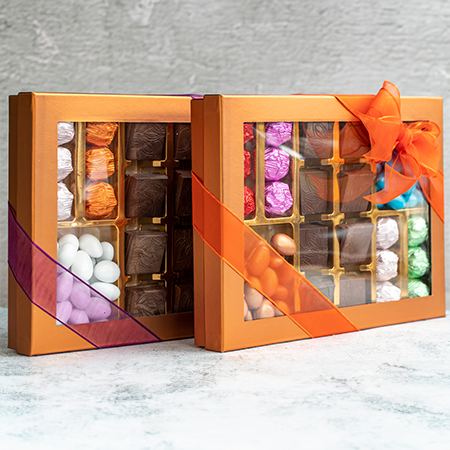Packaging is a powerful tool that you can use to introduce your brand identity, attract customers, and stand out in the competition. In this blog post, we will explore ways to create an unforgettable customer experience through packaging.
What is Brand Identity?
Brand identity is a combination of visual, verbal, and emotional elements that define your brand and make it unique. It includes your logo, name, slogan, colors, fonts, tone of voice, and personality. Your brand identity should reflect your values, mission, and target audience and should be consistent across all touchpoints.
Why is Packaging Important for Brand Identity?
Packaging is one of the most visible and tangible aspects of your brand identity. When customers encounter your product, it's the first thing they see, touch, and feel. Packaging can convey your brand story, values, and benefits while also establishing an emotional connection with your customers. Packaging can also help differentiate your product from competitors, especially in markets where products may appear similar.
How is Packaging Design Done?
To differentiate your brand identity through packaging design, it involves four key elements: shape, color, typography, and graphics. When choosing a packaging shape, select one that fits your product category while adding a touch of uniqueness. Colors should reflect your brand's personality, mood, and message; for example, vibrant and bold colors can create excitement, while soft and pastel colors can convey calmness. Typography should match your brand's tone of voice, style, and message; for instance, a serif font can convey tradition and trust, while a sans-serif font can convey modernity and simplicity. Finally, graphics should tell your brand's story, showcase values and benefits, and appeal to your target audience. Using images, icons, patterns, or illustrations can illustrate product features or evoke emotions.
How to Test Your Packaging Design?
Before launching your packaging design, it's important to test it to ensure it works well for your brand identity and your customers. This can be done through focus groups, surveys, and A/B testing. Focus groups involve gathering individuals representing your target audience and obtaining feedback on your packaging design. Surveys can be used to ask existing or potential customers to rate your packaging design on various criteria. A/B testing involves creating multiple versions of your packaging design and comparing their performance on different metrics, such as sales, conversions, or loyalty. Testing your packaging design is crucial for creating a successful product.
How to Optimize Your Packaging Design?
Once you have tested your packaging design, you can optimize it to enhance its effectiveness and efficiency. Simplifying the amount of information, elements, or materials in your packaging design can make it easier to read, understand, and use. Additionally, you can customize it to fit different segments, markets, or occasions by using personalization techniques like adding names, messages, or images. Finally, you can innovate with new and creative ways to enhance your packaging design, such as using emerging technologies like augmented reality, QR codes, or NFC tags to add interactivity and functionality.
In conclusion, when packaging is used as part of your brand identity, it not only protects your product but also becomes a powerful tool to introduce your brand, attract customers, and stand out from competitors. Investing in packaging design and being innovative in this area can help take your brand to long-term success. If you need expert support on this topic, you can contact LuxBoxPack.



